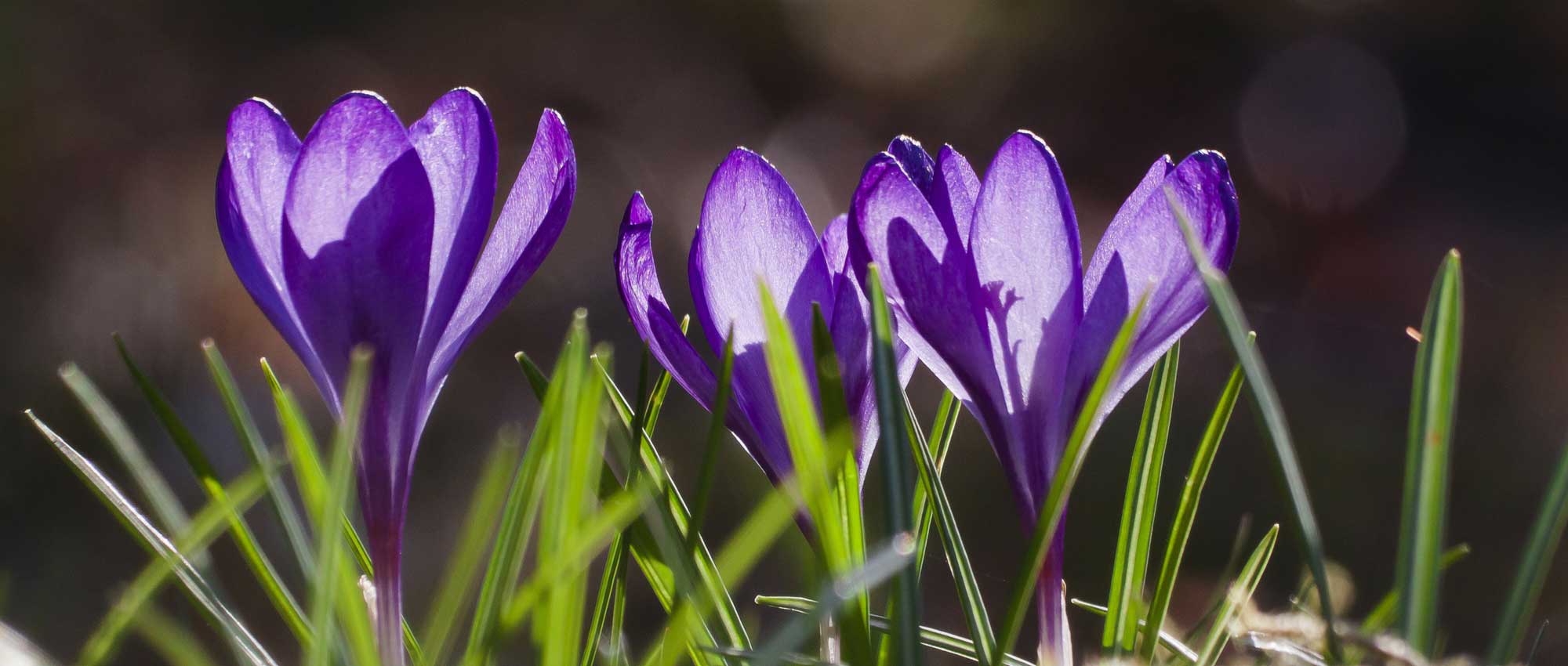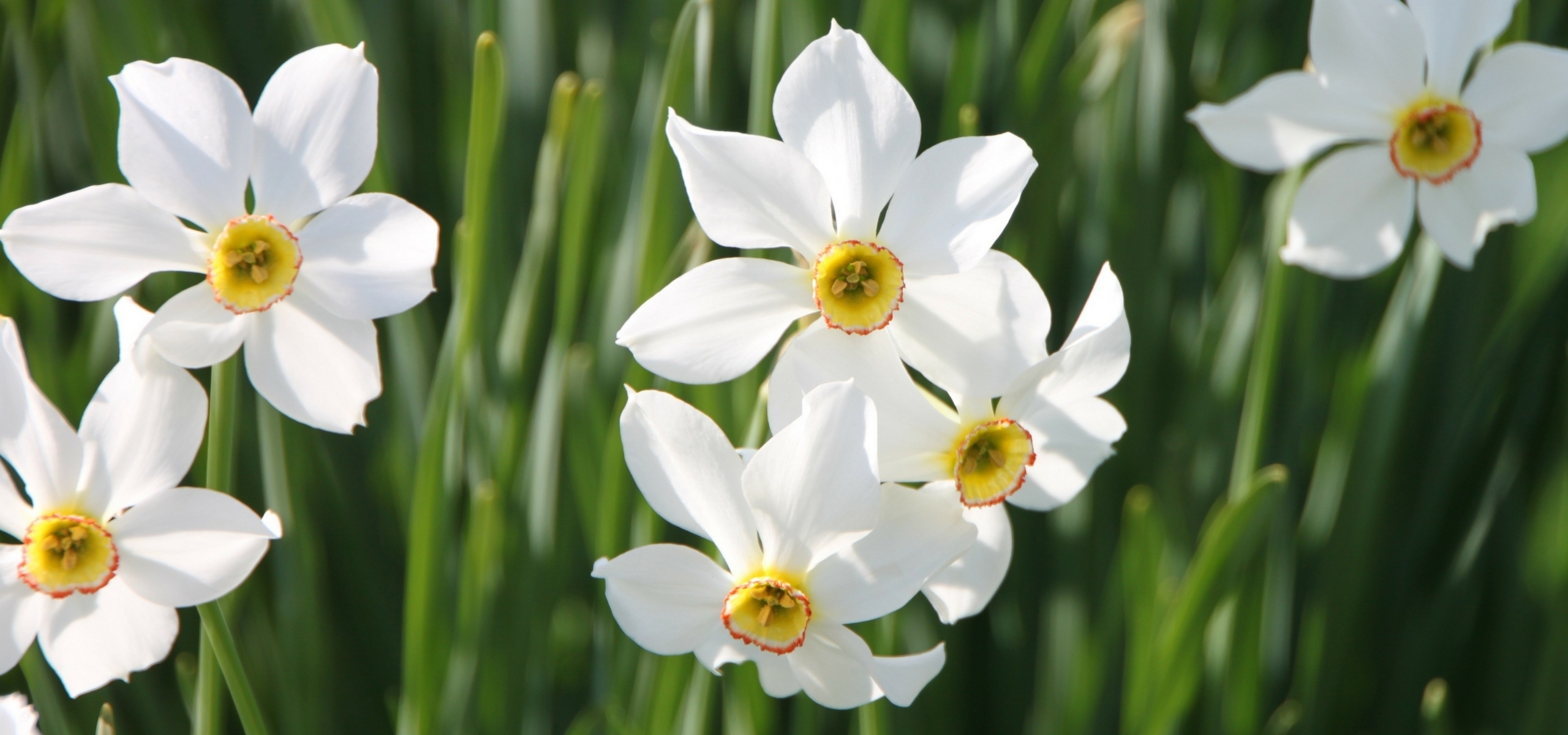

Crocus malyi - Botanic Crocus


Crocus malyi - Botanic Crocus
Crocus malyi - Botanic Crocus
Crocus malyi
Botanic Crocus
Special offer!
Receive a €20 voucher for any order over €90 (excluding delivery costs, credit notes, and plastic-free options)!
1- Add your favorite plants to your cart.
2- Once you have reached €90, confirm your order (you can even choose the delivery date!).
3- As soon as your order is shipped, you will receive an email containing your voucher code, valid for 3 months (90 days).
Your voucher is unique and can only be used once, for any order with a minimum value of €20, excluding delivery costs.
Can be combined with other current offers, non-divisible and non-refundable.
This plant carries a 6 months recovery warranty
More information
We guarantee the quality of our plants for a full growing cycle, and will replace at our expense any plant that fails to recover under normal climatic and planting conditions.
Would this plant suit my garden?
Set up your Plantfit profile →
Description
The Crocus malyi is a botanical crocus also known as Maly crocus, native and endemic to Croatia. It produces white flowers with a yellow throat and a brownish spot at the base of the segments on the outside, where the style extends well beyond the anthers. Similar to Crocus imperati and Crocus versicolor, it differs by its unmarked white flowers on the outside of the petals. It is an attractive species that often covers lawns or meadows, flower beds, and rockeries. It can be grown in full sun or partial shade, in any well-drained soil, even poor soil.
The Crocus malyi belongs to the Iridaceae family and is native to Croatia. It forms clumps of 10 cm in height with a rapid growth rate, and three to five leaves emerge at the time of flowering. The flowering takes place from February to March. The plants produce delicate flowers, measuring 2 to 3.5 cm in length. They are cup-shaped, star-shaped, and white. The centre of the flower is filled with yellow stamens grouped in a tube. The flowers close at night and in bad weather, and open wide in the sun. The foliage is deciduous, composed of thin, shiny, medium green linear leaves with a white-silver central band. The bulbs are corms. A corm is an underground storage organ in plant morphology that resembles a bulb but is formed by a swollen stem surrounded by scales.
The Crocus malyi looks wonderful in rockeries and can also be used to create pretty temporary pots. It also thrives in the edge of woodlands with spring snowflakes, along hedges, planted en masse at the base of deciduous shrubs (lilacs, mock oranges, viburnums) with blue windflowers and coum cyclamens, or in the middle of a short grass meadow with winter aconites, snowdrops, or a carpet of violets, and of course, combined with other early-flowering crocuses. Note that this plant can be used for green roofs.
A tip for crocuses: the roots have the particular ability to contract like a spring, allowing the plant to settle at the ideal depth.
Plant habit
Flowering
Foliage
Botanical data
Crocus
malyi
Iridaceae
Botanic Crocus
Central Europe
Other Spring Crocus
View all →Planting and care
Plant the bulbs from September to December, in light soil, 8 cm deep and 5 cm apart or in groups of three every 15 to 20 cm. It is preferable to leave them in place. They will form increasingly floriferous clumps. Also consider making some pots for your terrace. The Crocus malyi grows in light, humus-bearing, well-drained soils, neutral to alkaline, and prefers a sunny exposure that allows the complete opening of the corollas. It is also important to place it sheltered from cold winds. The ideal substrate should be sandy-gravelly, preferably neutral to slightly alkaline. It can withstand temperatures down to -29°C and summer drought. Its natural habitat is the edge of hedgerows and open areas. The plants have the best effect when planted in groups of 5 to 10 specimens. Once acclimatised and established, they multiply rapidly. The crocus requires no special maintenance. Care should be taken not to cut the foliage before it turns yellow. Corms are susceptible to excess moisture, which can cause them to rot during their resting period. Rodents are fond of these corms, and snails and slugs of all above-ground parts of the plant.
Planting period
Intended location
Care
Planting & care advice
This item has not been reviewed yet - be the first to leave a review about it.
Haven't found what you were looking for?
Hardiness is the lowest winter temperature a plant can endure without suffering serious damage or even dying. However, hardiness is affected by location (a sheltered area, such as a patio), protection (winter cover) and soil type (hardiness is improved by well-drained soil).

Photo Sharing Terms & Conditions
In order to encourage gardeners to interact and share their experiences, Promesse de fleurs offers various media enabling content to be uploaded onto its Site - in particular via the ‘Photo sharing’ module.
The User agrees to refrain from:
- Posting any content that is illegal, prejudicial, insulting, racist, inciteful to hatred, revisionist, contrary to public decency, that infringes on privacy or on the privacy rights of third parties, in particular the publicity rights of persons and goods, intellectual property rights, or the right to privacy.
- Submitting content on behalf of a third party;
- Impersonate the identity of a third party and/or publish any personal information about a third party;
In general, the User undertakes to refrain from any unethical behaviour.
All Content (in particular text, comments, files, images, photos, videos, creative works, etc.), which may be subject to property or intellectual property rights, image or other private rights, shall remain the property of the User, subject to the limited rights granted by the terms of the licence granted by Promesse de fleurs as stated below. Users are at liberty to publish or not to publish such Content on the Site, notably via the ‘Photo Sharing’ facility, and accept that this Content shall be made public and freely accessible, notably on the Internet.
Users further acknowledge, undertake to have ,and guarantee that they hold all necessary rights and permissions to publish such material on the Site, in particular with regard to the legislation in force pertaining to any privacy, property, intellectual property, image, or contractual rights, or rights of any other nature. By publishing such Content on the Site, Users acknowledge accepting full liability as publishers of the Content within the meaning of the law, and grant Promesse de fleurs, free of charge, an inclusive, worldwide licence for the said Content for the entire duration of its publication, including all reproduction, representation, up/downloading, displaying, performing, transmission, and storage rights.
Users also grant permission for their name to be linked to the Content and accept that this link may not always be made available.
By engaging in posting material, Users consent to their Content becoming automatically accessible on the Internet, in particular on other sites and/or blogs and/or web pages of the Promesse de fleurs site, including in particular social pages and the Promesse de fleurs catalogue.
Users may secure the removal of entrusted content free of charge by issuing a simple request via our contact form.
The flowering period indicated on our website applies to countries and regions located in USDA zone 8 (France, the United Kingdom, Ireland, the Netherlands, etc.)
It will vary according to where you live:
- In zones 9 to 10 (Italy, Spain, Greece, etc.), flowering will occur about 2 to 4 weeks earlier.
- In zones 6 to 7 (Germany, Poland, Slovenia, and lower mountainous regions), flowering will be delayed by 2 to 3 weeks.
- In zone 5 (Central Europe, Scandinavia), blooming will be delayed by 3 to 5 weeks.
In temperate climates, pruning of spring-flowering shrubs (forsythia, spireas, etc.) should be done just after flowering.
Pruning of summer-flowering shrubs (Indian Lilac, Perovskia, etc.) can be done in winter or spring.
In cold regions as well as with frost-sensitive plants, avoid pruning too early when severe frosts may still occur.
The planting period indicated on our website applies to countries and regions located in USDA zone 8 (France, United Kingdom, Ireland, Netherlands).
It will vary according to where you live:
- In Mediterranean zones (Marseille, Madrid, Milan, etc.), autumn and winter are the best planting periods.
- In continental zones (Strasbourg, Munich, Vienna, etc.), delay planting by 2 to 3 weeks in spring and bring it forward by 2 to 4 weeks in autumn.
- In mountainous regions (the Alps, Pyrenees, Carpathians, etc.), it is best to plant in late spring (May-June) or late summer (August-September).
The harvesting period indicated on our website applies to countries and regions in USDA zone 8 (France, England, Ireland, the Netherlands).
In colder areas (Scandinavia, Poland, Austria...) fruit and vegetable harvests are likely to be delayed by 3-4 weeks.
In warmer areas (Italy, Spain, Greece, etc.), harvesting will probably take place earlier, depending on weather conditions.
The sowing periods indicated on our website apply to countries and regions within USDA Zone 8 (France, UK, Ireland, Netherlands).
In colder areas (Scandinavia, Poland, Austria...), delay any outdoor sowing by 3-4 weeks, or sow under glass.
In warmer climes (Italy, Spain, Greece, etc.), bring outdoor sowing forward by a few weeks.










































